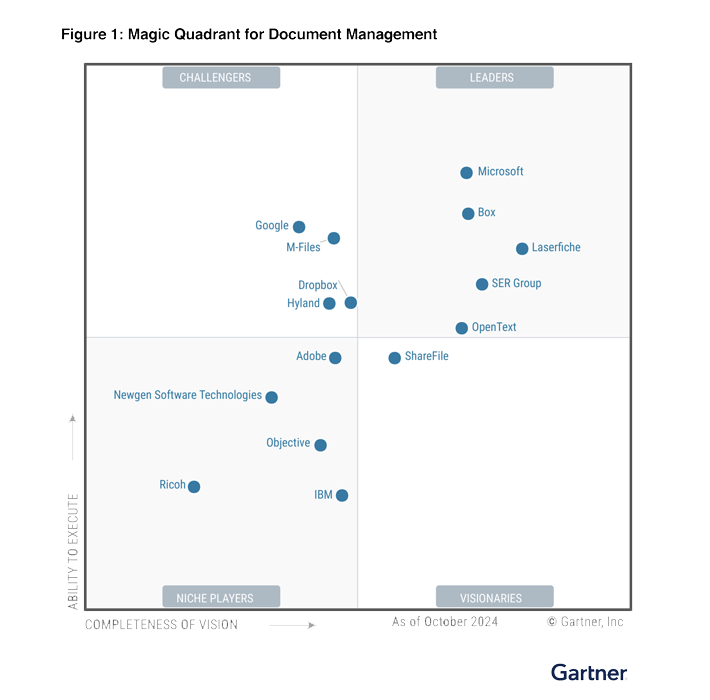By Andy MacIsaac
Addressing A Priority for Higher Education
A recent Chronicle of Higher Education article highlights a major challenge for colleges and universities. They must update millions of web pages and digital assets to meet new accessibility rules. The U.S. Department of Justice (DOJ) has updated Title II of the Americans with Disabilities Act (ADA). These changes set clear rules for web content. Public colleges and universities must now act to make their digital platforms accessible to everyone.
As the Chronicle states, “Colleges must update existing digital content, including course materials, to meet these standards. They must also follow these standards for any new content they create or use.”
Many schools use a decentralized system for content creation. Websites, learning platforms, and marketing teams all produce content separately. Now, they must change their approach. Schools need to shift from fixing issues when they arise to making content accessible from the start.
Understanding the Challenge
Colleges and universities create a vast amount of digital content. Many struggle to track:
- The number of web pages they have.
- Who creates and manages content.
- How accessible their content is for people with disabilities.
The new rules require a structured approach. Schools must improve content management, workflows, and compliance tracking. This is a big change for institutions that have operated without central control.
Steps to Improve Web Accessibility with Content Management
To meet these requirements, colleges and universities should use better document, content, and process management systems. Here’s a simple plan to get started:
1. Centralize Accessibility Resources in Managed Repository
- Audit Documentation: Store accessibility guidelines, reports, and WCAG (Web Content Accessibility Guidelines) standards in one place.
- Version Control: Keep track of content updates to avoid confusion.
- Training Hub: Provide tutorials and best practices to help faculty and staff create accessible content.
2. Automate Workflows
- Task Management: Assign and track responsibilities for reviewing and updating digital content.
- Approval Process: Ensure all new content meets accessibility standards before publishing.
3. Improve Collaboration and Tracking
- Real-Time Monitoring: Use collaboration tools to track progress on accessibility work.
- Team Coordination: Connect content creators, web developers, designers, and accessibility experts.
- User Feedback: Gather input from students, faculty, and staff with disabilities to find and fix accessibility issues.
- Issue Tracking: Create a system for reporting and solving accessibility problems.
4. Monitor Compliance
- Audit Trails: Keep records of content edits to show compliance.
- Reporting Tools: Generate reports to track progress and identify areas needing improvement.
5. Integrate with Existing Systems
- CMS Integration: Make sure accessibility tools work with the school’s content management system (CMS).
- IT Compatibility: Connect new tools with existing IT systems to simplify management.
6. Make Accessibility Easy for Everyone
- User-Friendly Tools: Choose simple, intuitive tools so faculty, staff, and students can easily follow accessibility guidelines.
The Future of Accessibility in Higher Education
The DOJ’s new rules are a turning point. Schools must see accessibility as more than a legal requirement. It is an essential part of creating an inclusive learning environment. By improving content management, automating workflows, and encouraging teamwork, colleges and universities can:
- Reduce the risk of legal issues.
- Improve digital experiences for everyone.
- Create an inclusive space for students, faculty, and staff.
This challenge is also an opportunity. Schools that act now will build a strong, accessible digital system for the future and improve engagement for all.
Accessibility is not just a rule—it is a responsibility. By focusing on inclusive design and content management, colleges and universities can lead the way in providing equal access to education in the digital age.
How Laserfiche Can Help
Laserfiche provides a comprehensive solution for colleges and universities tackling web accessibility challenges. With powerful document management, workflow automation, and compliance tracking, Laserfiche helps institutions:
- Centralize and manage digital content efficiently.
- Automate workflows to ensure accessibility compliance.
- Improve collaboration across departments.
- Maintain clear audit trails for accountability.
By leveraging Laserfiche, institutions can transform their approach to digital accessibility, ensuring compliance while creating a more inclusive and equitable learning environment.
Get started today and build a stronger, more accessible digital experience with Laserfiche.
Download our eBook: Guide to Creating a Fully Integrated Digital Campus
